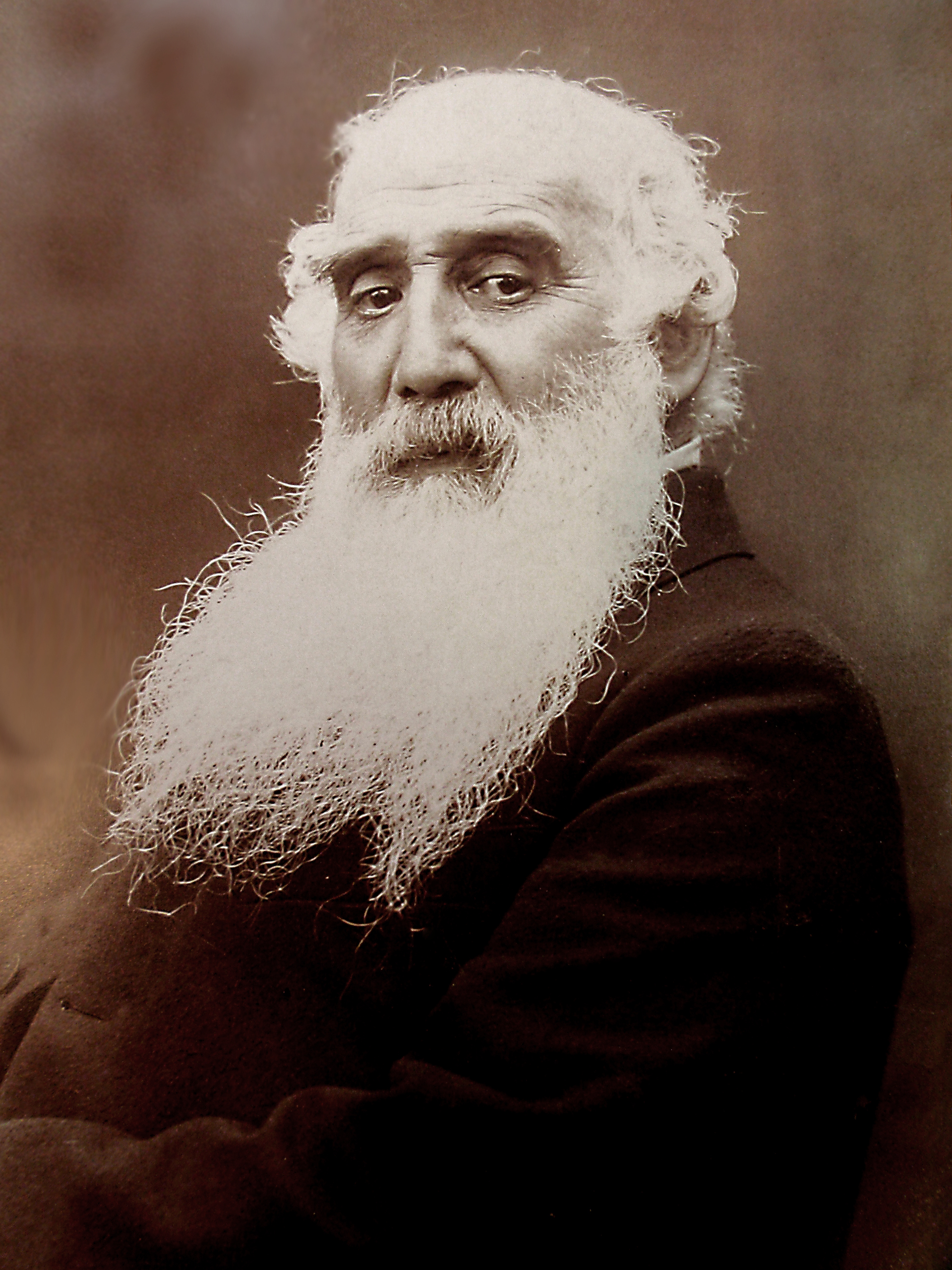On this day in 1830, Camille Pissarro, a Danish-French Impressionist and Neo-Impressionist painter was born on the island of St Thomas. His importance resides in his contributions to both Impressionism and Post-Impressionism. Just look at today's painting!
In September 1892 Pissarro visited the country home of Octave Mirbeau in Les Damps, located in the Eure region of northern France. Mirbeau, a novelist, playwright, and an esteemed art critic known for his expertise in Impressionism was a close friend of Pissarro. Both men shared a fondness for Claude Monet and were deeply engaged in the anarchist movement, which influenced their creative expressions in literature and art.
During his two-week stay, Pissarro painted four large canvases depicting Mirbeau’s garden, a subject that he and Monet, a fellow artist and enthusiast of modern horticulture, often discussed. Pissarro's paintings captured the garden's lush floral beauty under the soft light of an autumn afternoon. The compositions, bursting with red, pink, rose, yellow, and orange hues against a backdrop of greens, conveyed a sense of abundant growth, where human-made structures like a trellis and a chicken coop were almost hidden by vigorous vegetation. A narrow, rose-tinted path invited viewers to enter the scene, both visually and metaphorically.
P.S. Pissarro is sometimes overlooked when it comes to Impressionism. But this is very unfair! In fact, Pissarro was the only artist to have shown his work at all eight Impressionist exhibitions and was the father figure to the group. If you want to learn more about him, please check out our French Impressionism Mega Online Course. :)
P.P.S. Take a walk through the most beautiful gardens of art history!

.jpg)
 Camille Pissarro
Camille Pissarro